
Seldom heard about these days, the ermine (Mustela erminea) was once a highly sought after little creature. Prized by Byzantine emperors, the Greeks called it the Armenian rat. Up until the late 17th century the French referred to it as "Le rat d’Armenie”.
But what exactly is an Armenian rat?

1. It’s not actually a rat
The ermine is a part of the Mustelidae family of carnivorous mammals, which includes weasels, badgers, otters, mink, and wolverines, among others. It differs from the common weasel due to its larger size and longer tail with a prominent black tip that looks like it's been dipped in ink.
In northern climes in wintertime, the ermine’s fur molts from brown to snowy white. The coat grows whiter as the days grow shorter (and colder), with exception of a black tip on its tail.

Scientists have said that the black tip on the tail serves as a deflector for predatory birds, since they are drawn to the spot of black against a snowy background. Birds will aim their talons at the tip of the long tail instead of the body, which allows the ermine a chance of escape.

2. It was painted by Leonardo DaVinci

The Lady With An Ermine, painted in 1489 features an ermine being held in the arms of Cecilia Gallerani, the mistress of Ludovico Sforza, Duke of Milan. There are several interpretations of the ermine's significance. In its winter coat, the ermine was a traditional symbol of purity, as it was believed it would face death rather than soil its white coat. In his old age, Leonardo compiled a bestiary (directory of animals/beasts) in which he recorded:
"The ermine out of moderation never eats but once a day, and it would rather let itself be captured by hunters than take refuge in a dirty lair, in order not to stain its purity."
The painting is currently located at the National Museum in Kraków, Poland.
3. It was seen as a symbol of purity
Legend has it that hunters seeking the highly prized fur of the small animal would smear the entrance of its lair with mud, then begin the hunt. Tired and exhausted after a long chase, the ermine would flee to its home, only to find the mud on the entranceway. Rather than sully its coats by running through the filth, the ermine would give itself up to the hunters and dogs who had followed it. Thus the ermine became associated with phrases such as Death before Defilement, and Death rather than Dishonor.
There is another layer to the symbolism: because the ermine’s coat turns brown in the summer, the ermine seems to die and then be reborn in the winter, signifying Christ’s Resurrection.

Engraving by Henry Peacham, circa 1600s
In the engraving above, hunters have surrounded the ermine with a mud ring. When the ermine realizes it cannot escape without soiling its fur, it surrenders itself to the hunters. A banner above it says Malo Mori Quam Foedari - I prefer death to defilement.
4. The ermine pattern is featured on the flag and coat of arms of Brittany

The coat of arms of Brittany, ermine plain, was adopted by John III in 1316. The ermine as an animal became the badge of John IV at the end of the 14th century. It appeared later on numerous locations, including churches and castles.

John V, Duke of Brittany
5. Its fur was the choice of fur for royalty
Fur as a fashion phenomenon flourished in Western Europe between the 10th and 19th centuries. The bourgeoisie, the elites holding positions of power and authority, the rapidly increasing wealthy mercantilists and industrialists all strived to imitate the nobility in matters of fashion by dressing themselves and their wives in luxurious furs.
In the early days the finest skins were obtained from the rich plateau of the Taurus (present day Turkey). Marco Polo in his book of travels recounts ermine as among the most costly dress of the Tartars and remarks that he found the tents of the Cham of Tartary lined with skins of ermine and sables in the year 1252.

Pall Mall Gazette, 1866
M. Prince browne’s book of Practical Lessons in Dressmaking, 1908, mentions Van, Bitlis and Erivan (Yerevan) as the great ermine markets of the world.
“Ermine is much worn by smart Parisians, especially in the Spring and early Autumn” he writes.
“But French women are artists and tone down the effect by means of lace, tulle or chiffon.”

Ermine was the status quo fur for royalty, and the most sought-after fur for court presentations and official portraiture. European monarchs used ermine and art as a projection of power and wealth from the onset of their reign.

Louis XIV of France, 1701

Henry VIII, who is incidentally also standing on an Armenian rug.

Queen Elizabeth I with her Ermine, 1559

Tailors working on King George VI’s ermine coronation robe, 1937
6. Queen Elizabeth’s crown is lined with ermine
The Imperial State Crown is one of the Crown Jewels of the United Kingdom and symbolises the sovereignty of the monarch. The current version was made in 1937 and is worn by the monarch after a coronation and used at the annual State Opening of Parliament.

The frame is made of gold, silver and platinum, and decorated with 2,868 diamonds, 273 pearls, 17 sapphires, 11 emeralds, and 5 rubies. Its purple velvet cap is trimmed with ermine.

7. The Irish would say hello to ermines
In Irish mythology, ermines were viewed anthropomorphically as animals with families, which held rituals for their dead. They were also viewed as noxious animals prone to thieving, and their saliva was said to be able to poison a grown man. To encounter a ermine when setting out for a journey was considered bad luck, but one could avert this by greeting the ermine as a neighbour. 👋

“Top of the morning to you”.



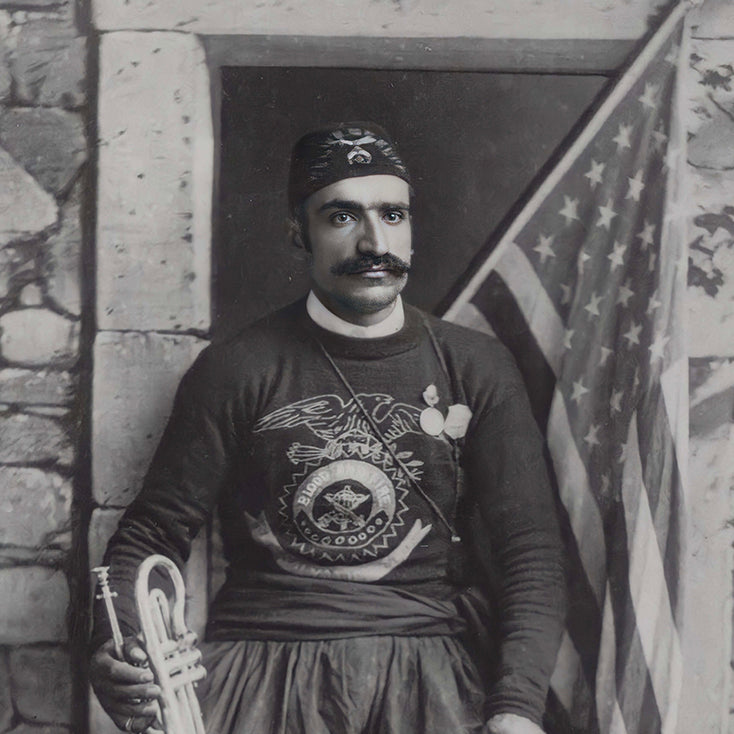

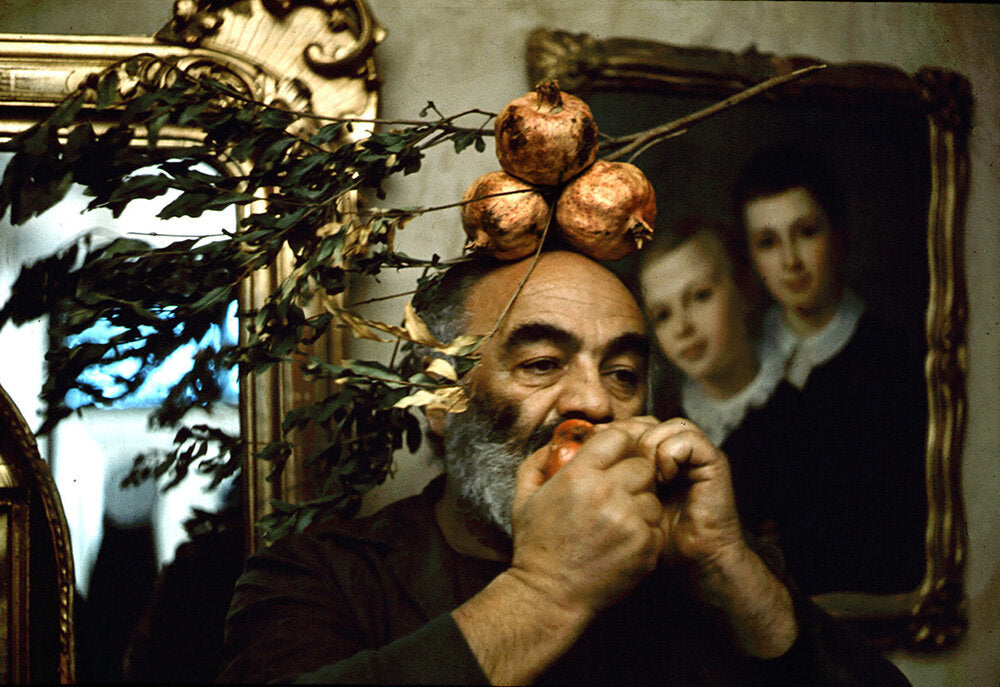
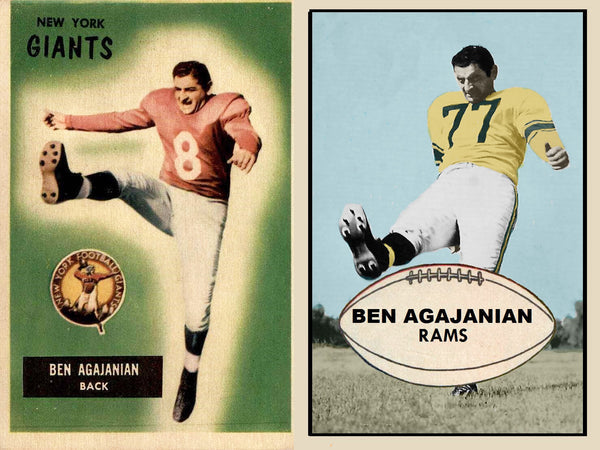



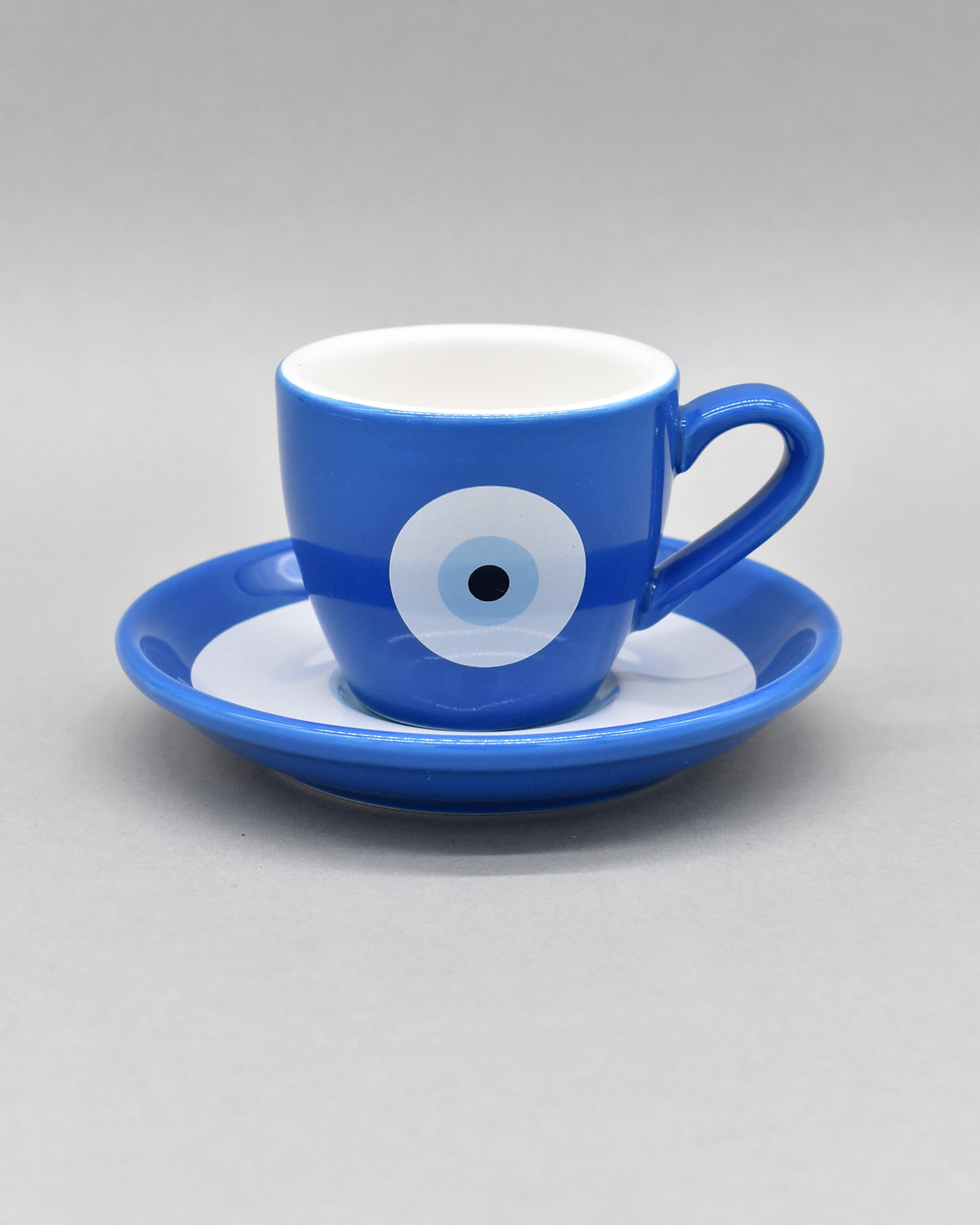
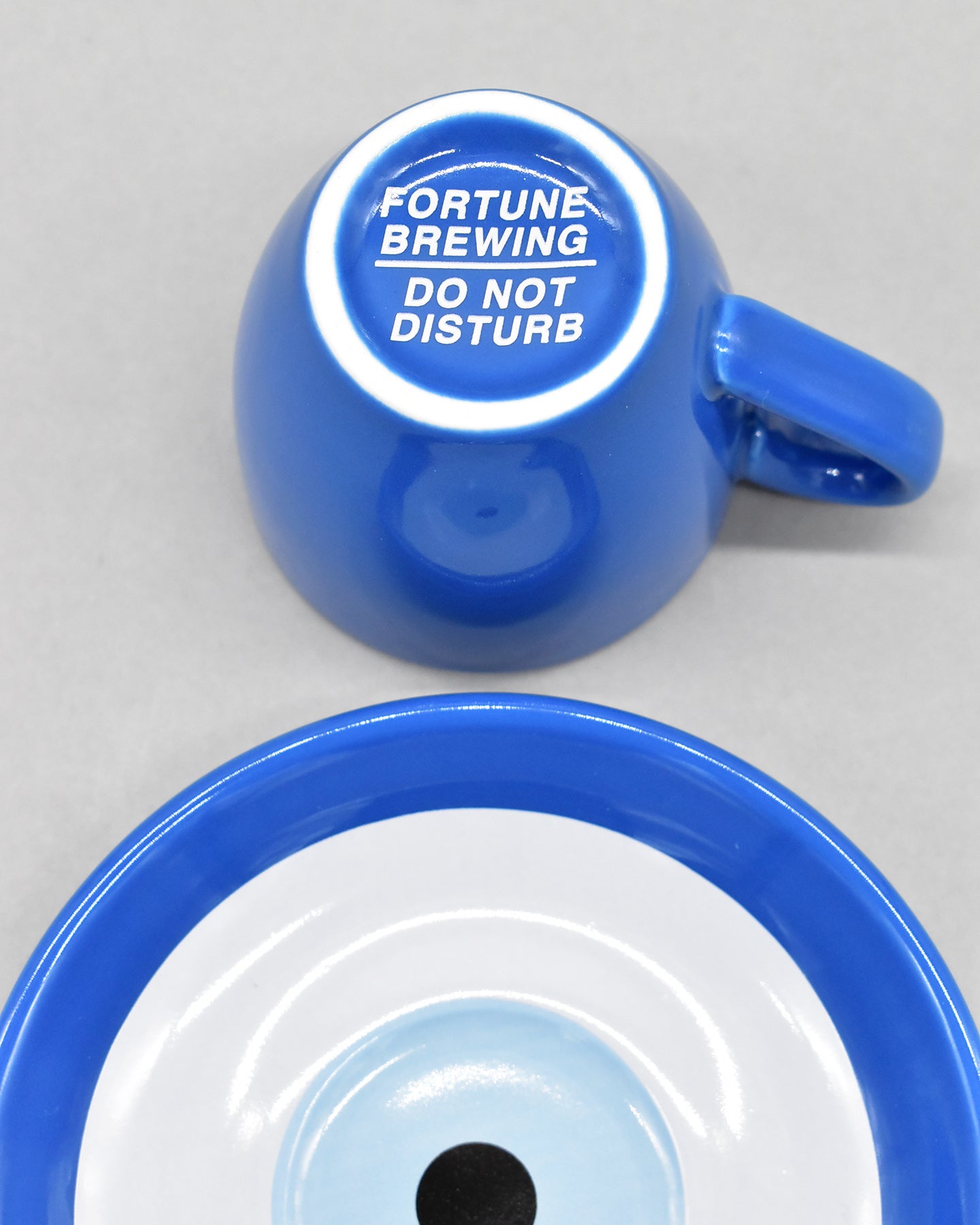
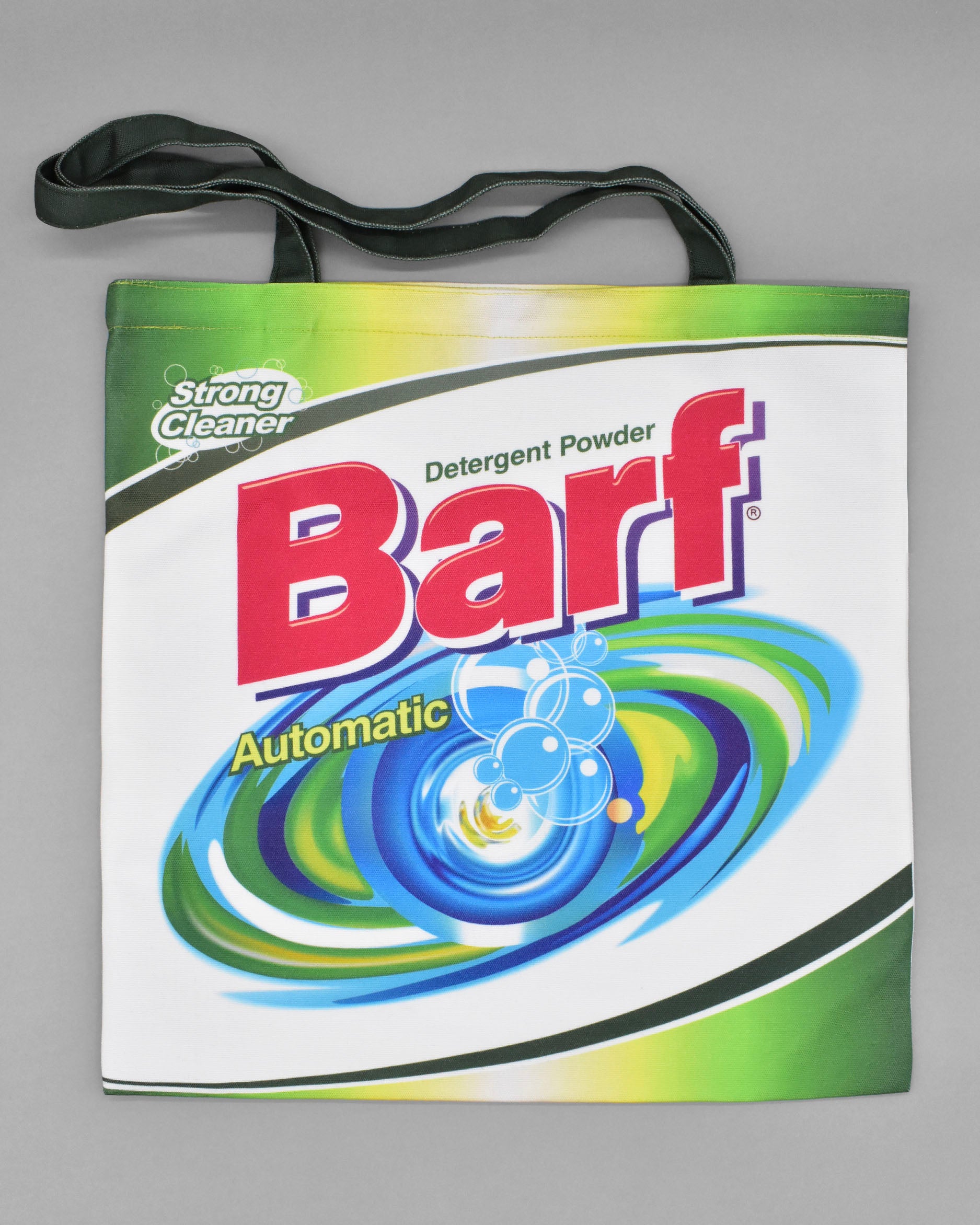
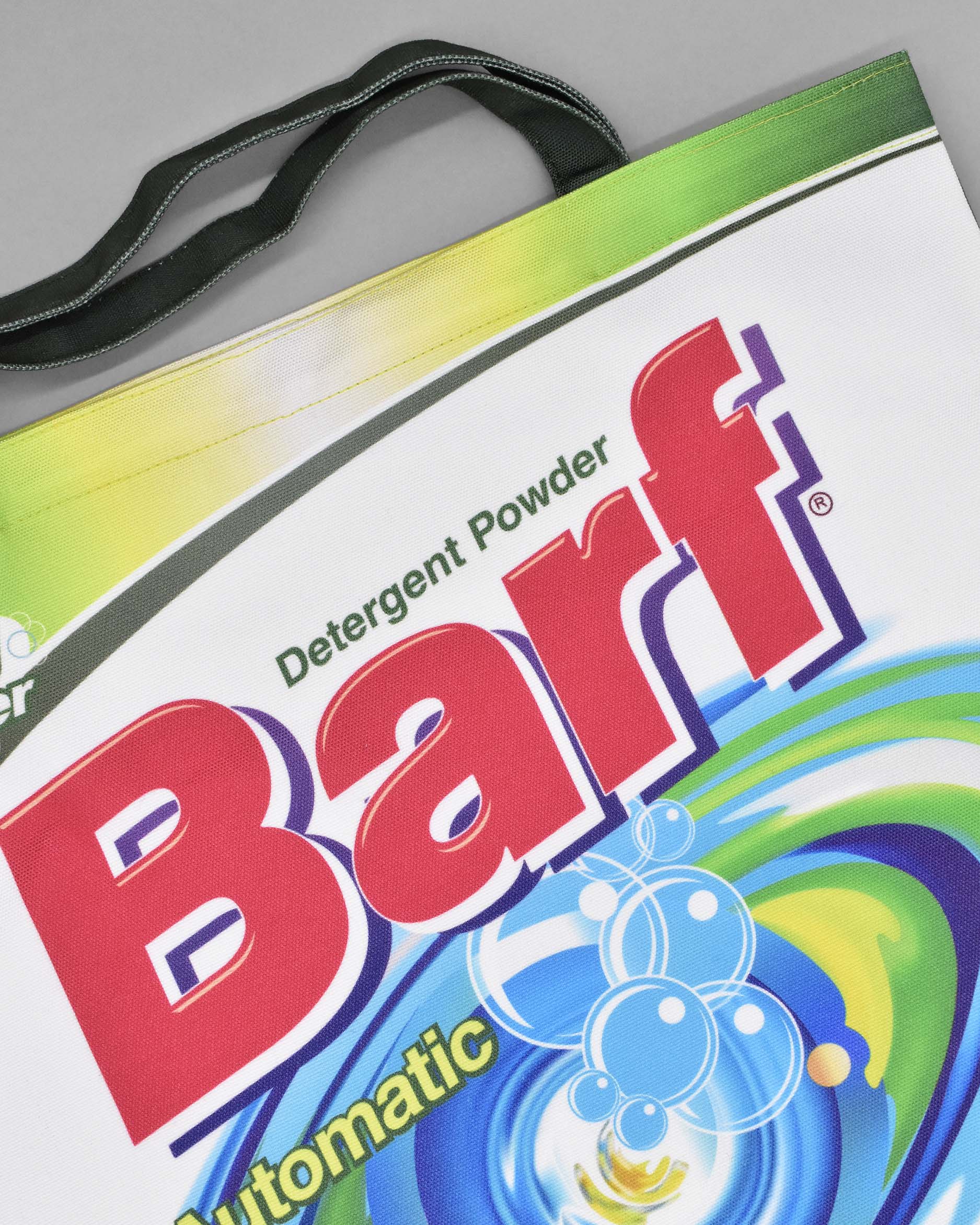
8 comments
JEFF BARRON
Investment is one of the best ways to achieve financial freedom. For a beginner there are so many challenges you face. It’s hard to know how to get started. Trading on the Cryptocurrency market has really been a life changer for me. I almost gave up on crypto at some point not until saw a recommendation on Elon musk successfully success story and I got a proficient trader/broker Mr Bernie Doran , he gave me all the information required to succeed in trading. I made more profit than I could ever imagine. I’m not here to converse much but to share my testimony; I have made total returns of $20,500 from an investment of just $2000 within 1 week. Thanks to Mr Bernie I’m really grateful,I have been able to make a great returns trading with his signals and strategies .I urge anyone interested in INVESTMENT to take bold step in investing in the Cryptocurrency Market, he can also help you recover your lost funds, you can reach him on WhatsApp : +1(424) 285-0682 or his Gmail : BERNIEDORANSIGNALS@GMAIL.COM tell him I referred you
Investment is one of the best ways to achieve financial freedom. For a beginner there are so many challenges you face. It’s hard to know how to get started. Trading on the Cryptocurrency market has really been a life changer for me. I almost gave up on crypto at some point not until saw a recommendation on Elon musk successfully success story and I got a proficient trader/broker Mr Bernie Doran , he gave me all the information required to succeed in trading. I made more profit than I could ever imagine. I’m not here to converse much but to share my testimony; I have made total returns of $20,500 from an investment of just $2000 within 1 week. Thanks to Mr Bernie I’m really grateful,I have been able to make a great returns trading with his signals and strategies .I urge anyone interested in INVESTMENT to take bold step in investing in the Cryptocurrency Market, he can also help you recover your lost funds, you can reach him on WhatsApp : +1(424) 285-0682 or his Gmail : BERNIEDORANSIGNALS@GMAIL.COM tell him I referred you
Shirley
There’s an ermine in my house this winter, and he’s just delightful. No more mice, either. I only wish he were as tame as Queen Elizabeth’s!
There’s an ermine in my house this winter, and he’s just delightful. No more mice, either. I only wish he were as tame as Queen Elizabeth’s!
Bertha Parbey
God information about the ermine and it association to royalty.
God information about the ermine and it association to royalty.
Atuirangi
Such fascinating information! Had no idea that the ermine was related to a badger and a mink. Would love to “touch” ermine fur someday!
Such fascinating information! Had no idea that the ermine was related to a badger and a mink. Would love to “touch” ermine fur someday!
Maritza Yepremian
I LOVED ALL OF THIS INFORMATION ‼️‼️‼️
Thank you for this …..
Gave me the chills – literally!!!!!
LONG LIVE THE KING 👑
I LOVED ALL OF THIS INFORMATION ‼️‼️‼️
Thank you for this …..
Gave me the chills – literally!!!!!
LONG LIVE THE KING 👑
Tigran
Great article, thanks for the images!
Great article, thanks for the images!
Eli
Great post!
Great post!
Poghos S.
They’re unbelievably cute! Also, I didn’t realize that those royal coats were made of just one kind of fur. Thanks!
They’re unbelievably cute! Also, I didn’t realize that those royal coats were made of just one kind of fur. Thanks!